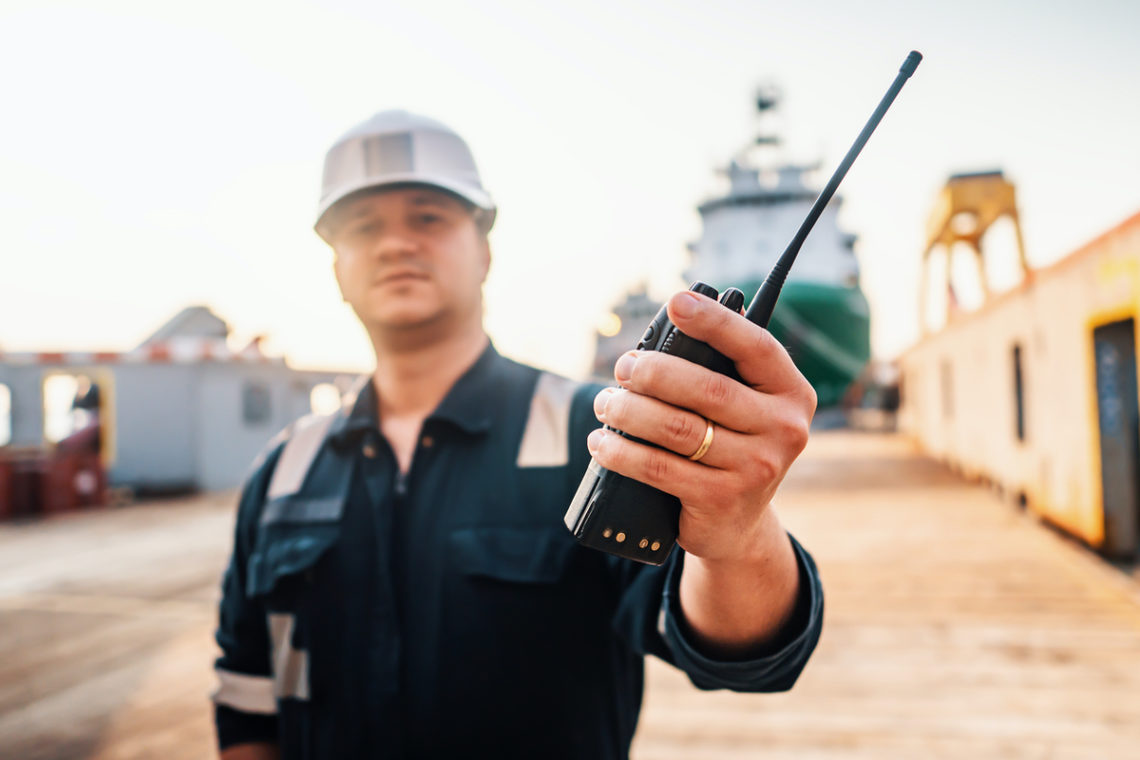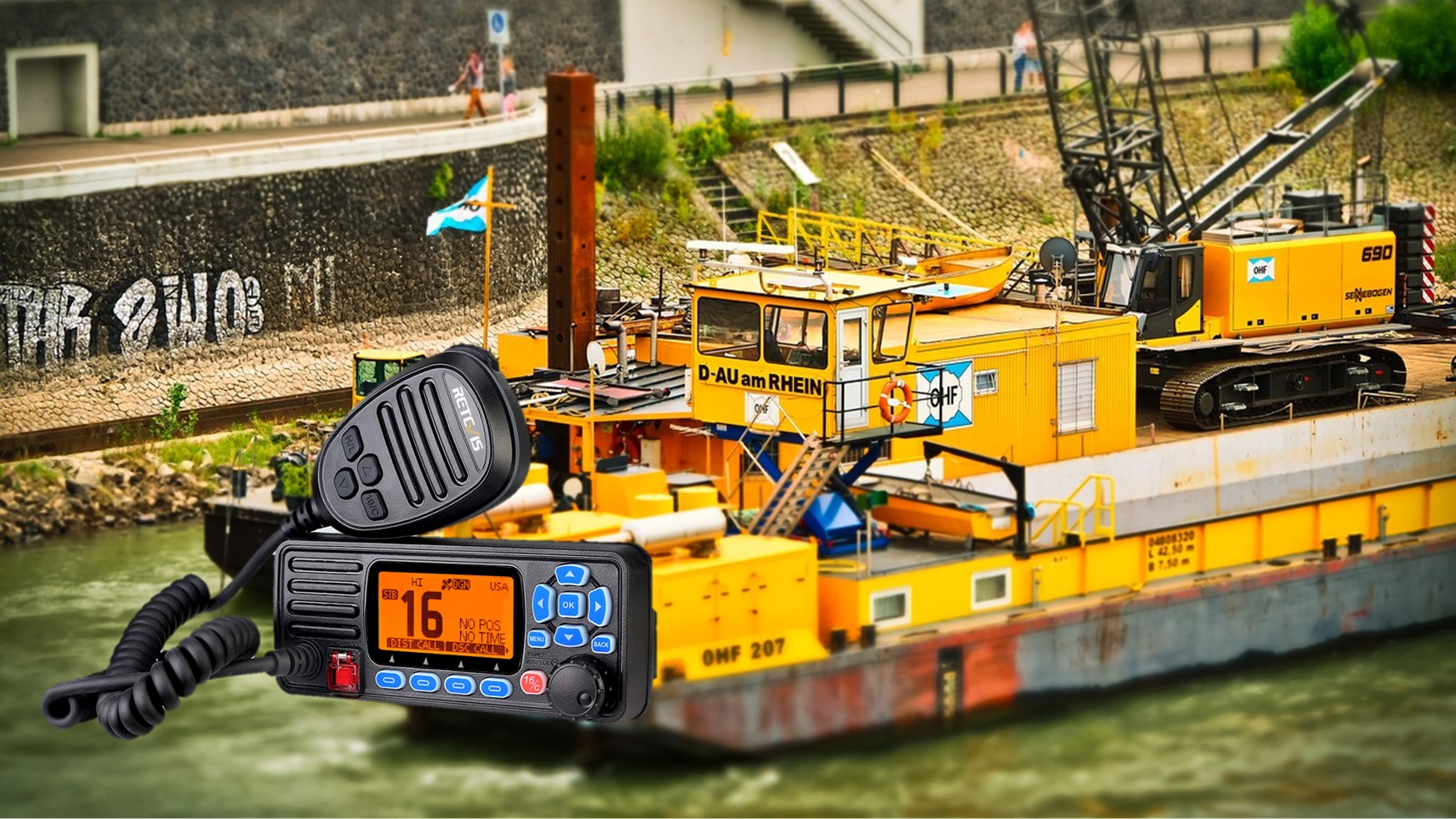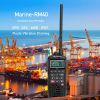The Major Parts Of Marine Radio Equipment

Marine radio equipment operating in the VHF band is made up of three major parts:
- The power supply
- The transceiver
- The antenna or aerial
Each part is dependent on the other. A fault in any one of the parts will not allow the equipment to function correctly. The power to operate the radio equipment may be supplied by the vessel’s engine or from an independent battery. The transmitter and receiver are combined into a single unite and commonly referred to as the ‘Transceiver’. The Digital Selective Calling(DSC) unit may be further integrated with the transceiver.
The antenna for a marine VHF transceiver should be mounted as high as possible, preferably at the top of a mast, in order to give greater range, and is described as ‘A short vertical whip or rod antenna’. Ultra-violet radiation will cause fibreglassed whip antennas to deteriorate after many years of service to a point where moisture can penetrate the layers of insulation. This will seriously affect radiation efficiency and replacement or re-fibreglassing will be necessary.

Transceiver Controls
This section details the functions of important operator controls which may be found on marine VHF radio equipment. Not all will be found on each brand of equipment. Transceiver controls may be identified differently by individual manufacturers but will have the same purpose:
Squelch Control. This control allows the operator to stop the constant and annoying, internally generated, background noise form the receiver in the absence of an incoming signal. On VHF marine equipment, it is usually an adjustable control.
Dual Watch(DW). This control will be found on the majority of VHF equipment. In operation it will permit the operator to keep a listening watch on a working channel and Channel 16. This is NOT to be confused with scanning desirable or selected VHF channels.
Scan. This control may be available on some brands of marine VHF equipment. Not to be confused with the Dual Watch control. This control may offer the operator the choice of scanning all the marine VHF channels, or selected channels
Vessel owners should be aware that, on occasions, a power supply fuse will blow when the transceiver is malfunctioning or for no apparent reason. It is recommended that a supply of fused of the manufacturer’s recommended value be carried on board. For safe keeping spare fused could be contained in a suitable container.






